28 Dec The 2000’s: UB Decade in Review
 Steve Dennie (right), Communications Director
Steve Dennie (right), Communications Director
Everyone’s publishing “decade in review” lists–best movies, best sports plays, most significant news stories, ground-breaking new products, top scandals, etc.
How would we recap the decade for the United Brethren church? Here are ten UB highlights of the decade, in roughly chronological order.
2001 General Conference. This was a historic conference. We adopted a true international structure, with 7 autonomous national conferences joined together by the Confession of Faith and an international constitution. Huntington, Ind., stopped being the United Brethren “world” headquarters, and became just the US headquarters. No longer does United Brethrenism revolve around the United States. Colonialism: RIP.
Open Theism. A whole lot of turbulence arose around Dr. John Sanders, a professor at Huntington University who was a leading proponent of what is called Open Theism. United Brethren theology clashed, hard, with academic freedom. Both church and college came under criticism from the broader evangelical community. In the end, an exit strategy was worked out for Dr. Sanders, and both church and college began mending the wounds.
Joining the Missionary Church. In early 2003, the UB Executive Leadership Team voted to pursue merging our denomination into the Missionary Church, a like-minded, larger denomination based in Fort Wayne, Ind. As leadership pushed this initiative, a group called UB Hope arose to rally people against it. Ultimately, UB members voted it down in a referendum, 56%-44%. This set the stage for lots of soul-searching about why we exist and the adoption of a whole new structure.

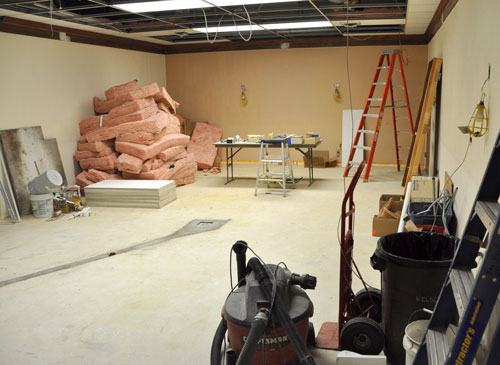
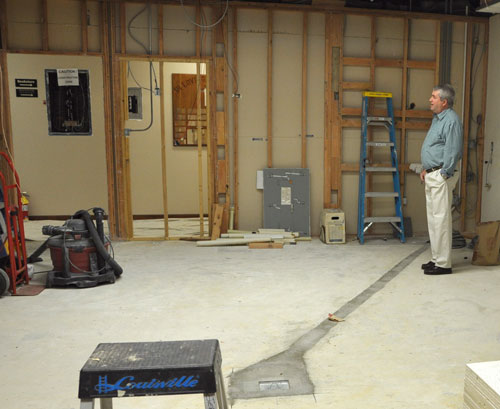
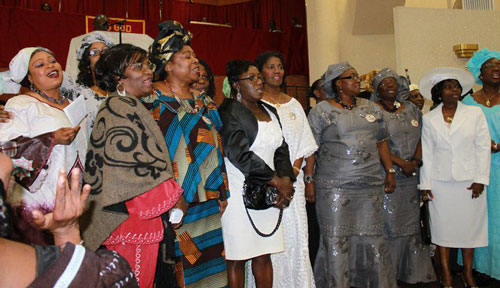
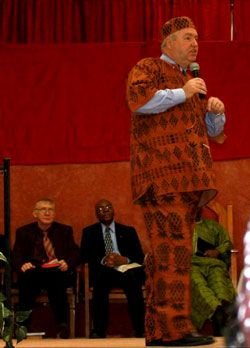
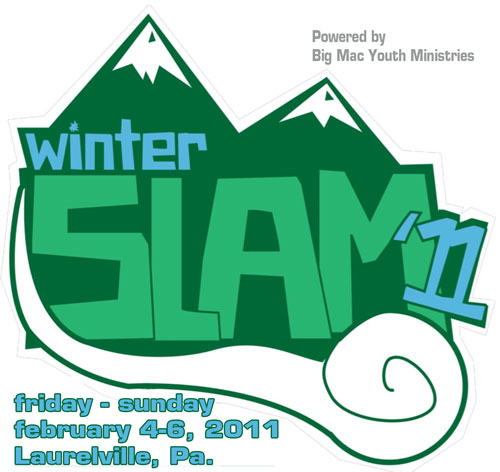
 Dr. G. Blair Dowden (right), as president of Huntington University, is automatically the Director of Higher Education. Here are some tidbits from his written and verbal report to the Executive Leadership Team on October 12, 2010.
Dr. G. Blair Dowden (right), as president of Huntington University, is automatically the Director of Higher Education. Here are some tidbits from his written and verbal report to the Executive Leadership Team on October 12, 2010. All senior pastor and churches are required to participate in a cluster, which is generally a group of senior pastors from 6-8 churches. During the past year, Dennis Miller (right), senior pastor of Emmanuel Community Church (Fort Wayne, Ind.), has been working one day a week as Director of Clusters. In that role he oversees the cluster system.
All senior pastor and churches are required to participate in a cluster, which is generally a group of senior pastors from 6-8 churches. During the past year, Dennis Miller (right), senior pastor of Emmanuel Community Church (Fort Wayne, Ind.), has been working one day a week as Director of Clusters. In that role he oversees the cluster system.